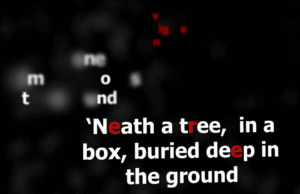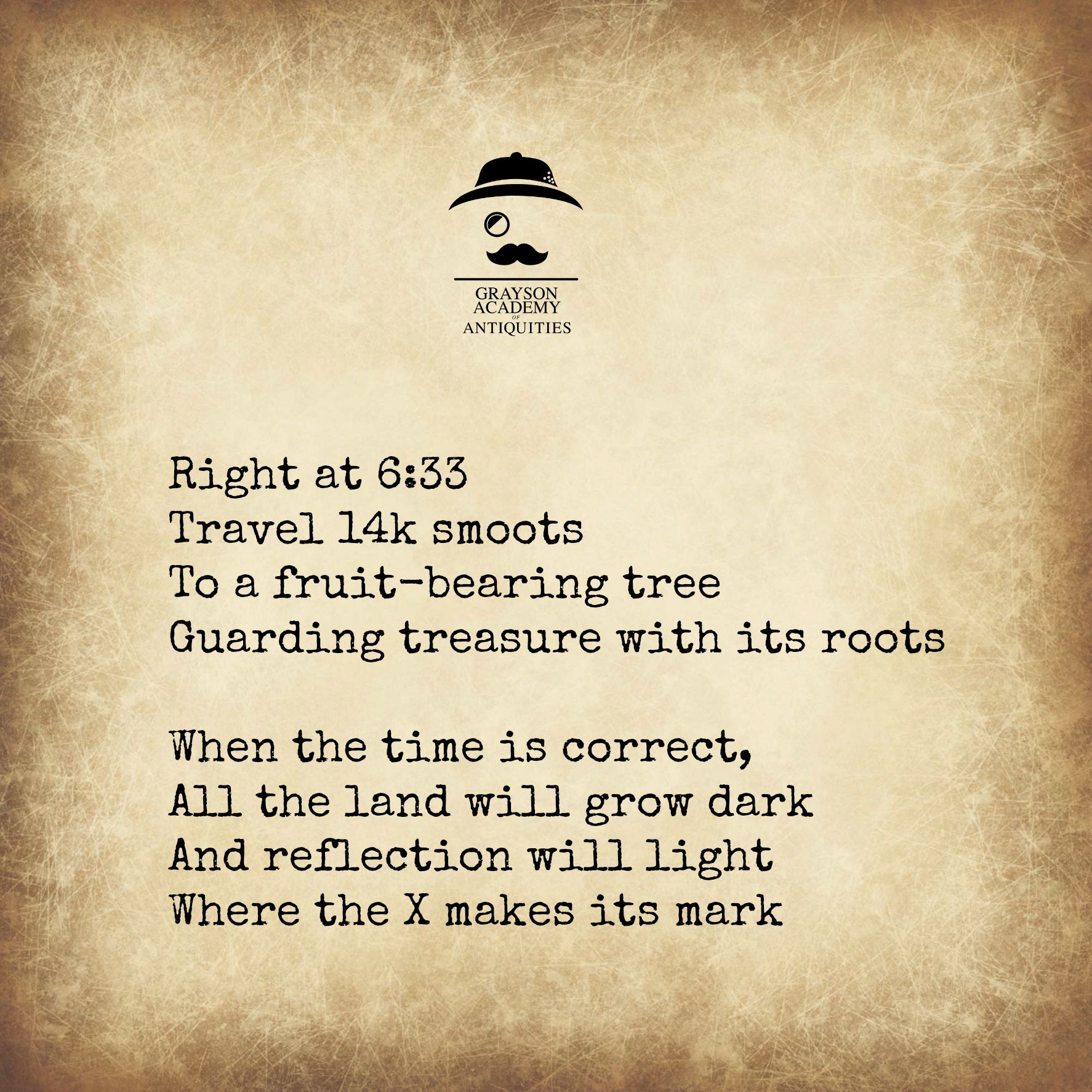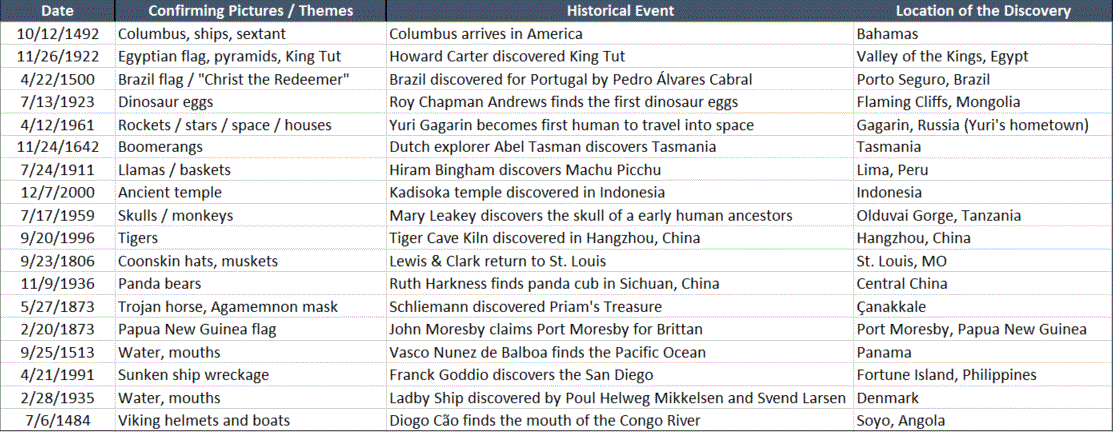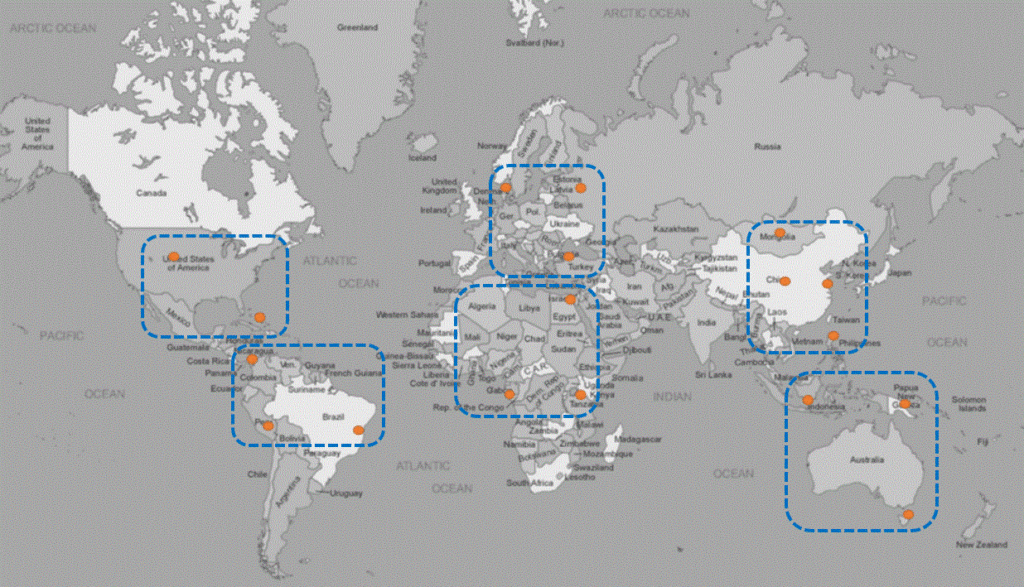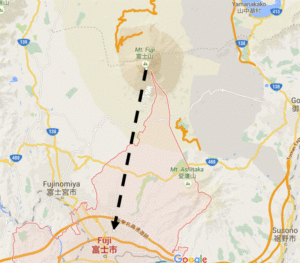Where was the 2015 Brain Chase treasure buried? What did all of the clues in the animations mean, and how did they all fit together?
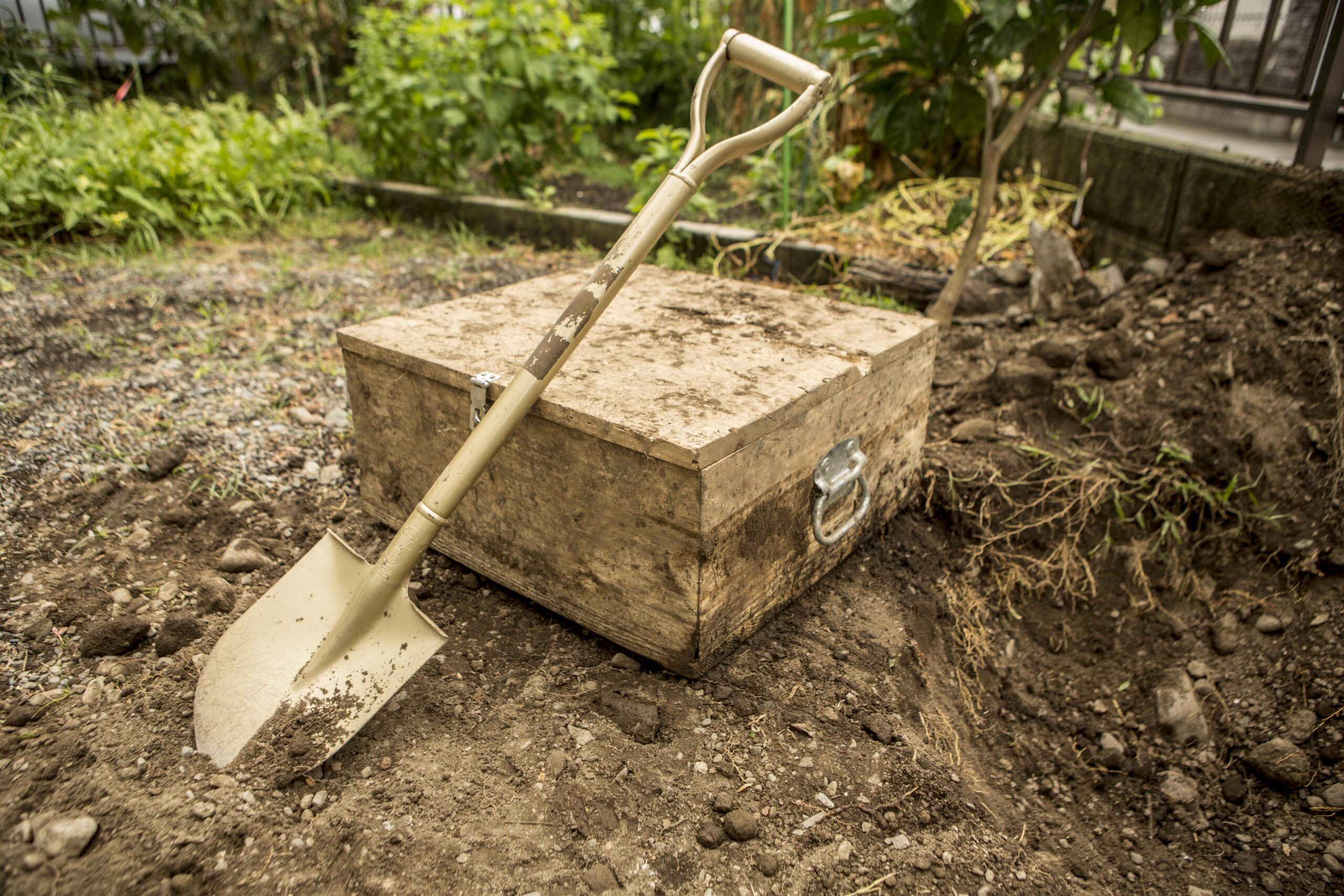
There were five types of clues hidden in the Summer 2015 animations: red letters, encoded words, clusters of Morse code, hidden pictures, and of course the sunstones, suns, and keys. Let’s break it down.
Hidden Sunstones, Suns, and Keys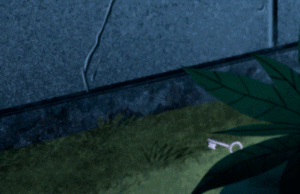
First of all, a sunstone, a sun, and a key were hiding in each animated episode. These images related symbolically to the treasure hunt, but neither the objects themselves nor their placement in the animations contained any clues to the location of the buried treasure. These images were intended to provide motivation, a diversion, and a feeling of accomplishment to some of the program’s younger participants who might otherwise have felt overwhelmed by the more intricate puzzle.
Red Letters
The first episode of each week of Brain Chase began with a riddle, and certain letters of each riddle were highlighted in red. As the other letters disappeared, the red letters remained, with each set of letters spelling a word that would prove a vital hint toward solving the treasure hunt: Vigenere, Riddle, History, Continents, and Reflect. More on these words later…
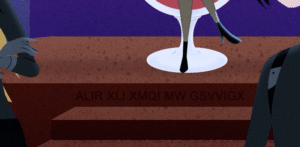 Encoded Letters
Encoded Letters
Each Brain Chase animation contained one or more strings of seemingly scrambled letters (and occasionally numbers). These letters were all encoded, and as the first red letter insinuated, their decryption required the use of a Vigenere cipher. Participants received custom Brain Chase decoder medallions in the mail precisely for this purpose, and the first of the program’s Bonus Challenges focused entirely on cracking Vigenere and Caesar codes.
All that was needed to decode the clusters was the key, which was given in the second week’s red word: Riddle. Turning the decoder’s dial to R decoded the letters in the first episode, I decoded the second, D the third, and so on through each episode. Decrypting the messages in all ten videos produced this riddle:
This riddle indicates a direction and distance, as well as some other clues to putting the entire puzzle together (more on this later). But before travelling somewhere, a starting point is needed. That’s where the dots and dashes come in.
Morse Code Clusters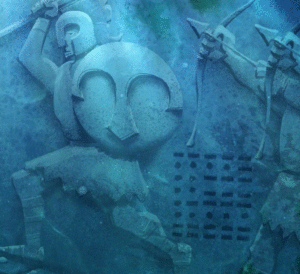
In addition to the sets of encoded letters, each of the ten Sunstone of Cortes episodes contained one or more hidden clusters of dots and dashes. These clusters each had eight lines, and when interpreted through Morse code, each of these lines became a number between 0-9. True to the third red word, the placement of these eight numbers in traditional date formatting (mm/dd/yyyy) yielded a date in history which would be of great significance to the treasure hunt. For example, the first date – October 12, 1492 – represents the day that Columbus discovered the new world. Between the ten episodes, there were a total of eighteen dates listed, representing eighteen significant historical events.
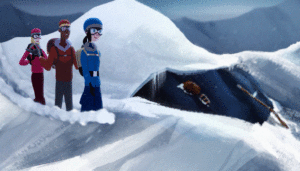 Hidden Pictures
Hidden Pictures
Each animated segment also contained several hidden pictures – images such as tigers, shipwrecks, skulls, monkeys, and others – which usually felt out of context in the animated story. These objects related directly to the Morse code dates from the same episode. For instance, the first segment contained hidden pictures of a Columbus statue, three ships, and a mariner’s sextant. These images functioned as “confirming clues,” helping the viewer identify the specific event associated with each Morse code date. These images were particularly important when the dates could indicate multiple events (e.g., 7/13/1923 was the day the Hollywood Sign was inaugurated in California, but also the day an American explorer discovered the first dinosaur eggs in Mongolia. Hidden images of dinosaur eggs in episode 2A confirmed that the latter event was the one relevant to the treasure hunt).
Combining the dates and images (along with a little help from Wikipedia and other web searches) yields a list of eighteen historical events – most relating to a discovery of some sort – that each occurred in a distinct location on planet Earth:
Loosely charting each of these discoveries on a map of the world would look like this:
Putting Everything Together
The second half of the vigenere riddle, as well as the final two red words (continents and reflect), hold the key to pinpointing the starting point on the journey to the buried sunstone. If the history dots on the map are placed properly (or according to the riddle, “if the time is correct”), then loosely grouping the dots by continent – making some allowance for islands and other locations between major land masses – would reveal these clusters:
The solution to the fourth week’s Bonus Challenge, like the final red word, was reflect. This hint was echoed in an animated scene where the team discovers a giant mirror at the entrance to Grayson’s cave, and again in a line from the riddle (“and reflection will light…”). Holding the map up to a mirror, or reflecting the clusters of dots, reveals these configurations (right to left):
Starting to look like a code? As the riddle suggests, “when the time is correct, all the land will grow dark.” Time to close your eyes and read in the dark, because when the dots are clustered and reflected, they can be read using Braille, as follows:
The starting point for finding the Sunstone of Cortes is Mt. Fuji in Japan. Now, for the first part of the riddle: “Right at 6:33, travel 14k smoots.” From the sky, Mt. Fuji is a circle. Travelling 14,000 smoots in the direction where 6:33 would appear on the face of a clock (more on this in a minute) leads directly to Fuji City, Japan. The first student to click on Fuji City won the trip to dig up the Sunstone.
Other Symbolism
Just for fun, we also added a few layers of symbolism to this summer’s treasure hunt. We won’t reveal all of our secrets, but here are few things you might not have noticed during the program:
- Time – Since this was a hunt for an Aztec calendar, we had some
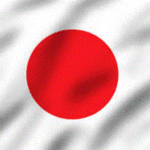 fun playing with time in different ways. For starters, the bulk of the treasure hunt was digging through the past to study the time and location of significant historical events. One of the Bonus Challenges required using a carbon dating simulation to tell the age of ancient materials, and another tracked the passage of the sun using a sundial. And the final clue to locating the treasure was travelling “at 6:33,” according to the face of a watch. Did you catch any other symbols for time in the program?
fun playing with time in different ways. For starters, the bulk of the treasure hunt was digging through the past to study the time and location of significant historical events. One of the Bonus Challenges required using a carbon dating simulation to tell the age of ancient materials, and another tracked the passage of the sun using a sundial. And the final clue to locating the treasure was travelling “at 6:33,” according to the face of a watch. Did you catch any other symbols for time in the program? - Circles – The Sunstone itself is round, and we loved the idea of using circles throughout the program to represent the sun and its journey through the sky. Each of the adventure tools that arrived in the mail was round (the decoder medallion, the coins, and the sundial), and the two virtual bonuses had circular elements as well. From the vantage point of Google Earth, Mt. Fuji looks like a giant circle. But our favorite circular image in the program was the one we couldn’t share until the very end – the simple but majestic sun blazing in the center of the Japanese flag. Did you see any others?
Meet the Winners
8 year-old Ashton from Portland, Oregon was the first student to put all of these clues together. See how he and his family did it, and watch them claim the prize:
Were you able to put it all together? There’s plenty more adventure where this came from. Register today for one of our upcoming chases, and it could be you bringing home the treasure.
Good luck!
Allan
Dad and Co-Founder
Team Brain Chase

